Leaving the Volga River now after a week travelling along it, we pass through Izhevsk – home of the Kalashnikov (AK 47) and into the city of Perm. Perm was a closed city during Soviet times. As with several other cities it was where armaments were manufactured. Indeed for 17 years it was called Molotov, named after the USSR’s Foreign Minister. The hand-held cocktail of the same name was invented by the Finns for throwing at Soviet tanks during World War II. It was their response to Minister Molotov’s claim that the UUSR was not attacking Finland but rather, just dropping food parcels.
Anyway, we’re here because Perm is at the foot of the Urals and where we stop riding north and turn east toward our ultimate destination of this ride, Ulaanbaatar in Mongolia.
But some 100 kms outside of Perm near a tiny Russian village called Kuchino, there’s a very rare sight indeed – a Gulag established under Stalin, still pretty much intact. We’ve visited sites of Gulags before, particularly in the Kolyma of Eastern Siberia and also in the White Sea region. But “Perm 36” as it was known until it was closed in 1987, is the only one in Russia that has been preserved – thanks to the Russian human rights organisation, “Memorial”.
The 100 km ride is out through forest with barely a whiff of inhabitation even today. Then we turn into the village, with houses of traditional roughsawn timber, and just beyond that the buildings and guard towers of the Gulag come into view. This camp was a timber processing work camp and depending on the years, the prisoners varied from criminals, to political prisoners and even at times innocent people kept here as slave labour for the workforce required to process the timber for the war effort.

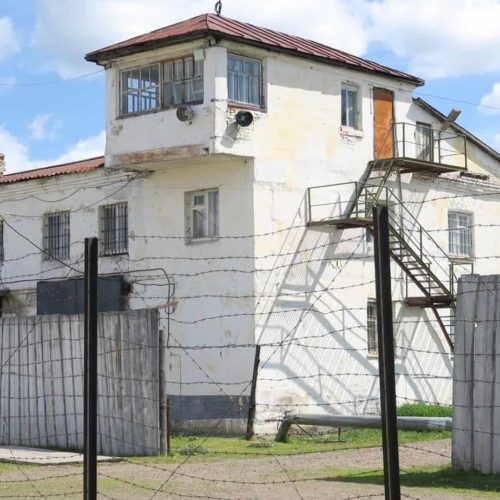
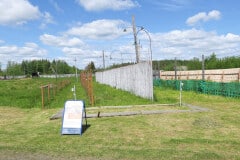
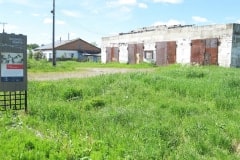
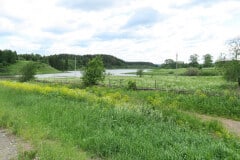
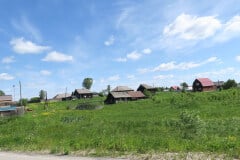
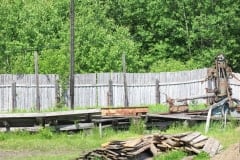
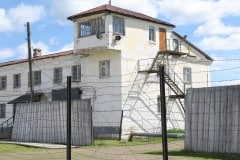
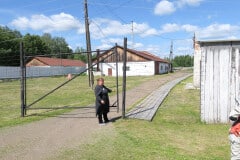
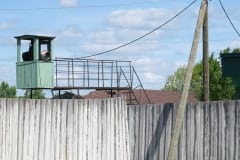
Comments are closed.